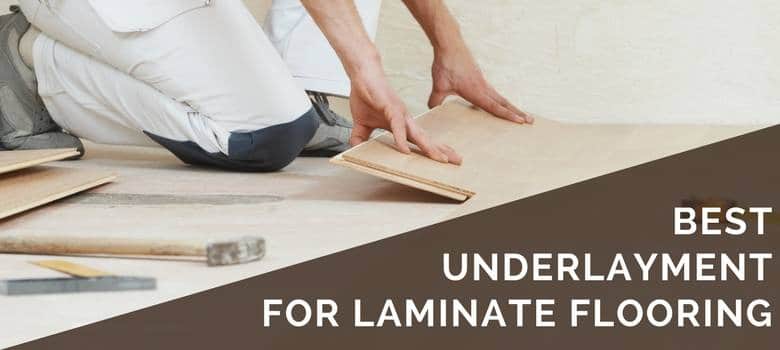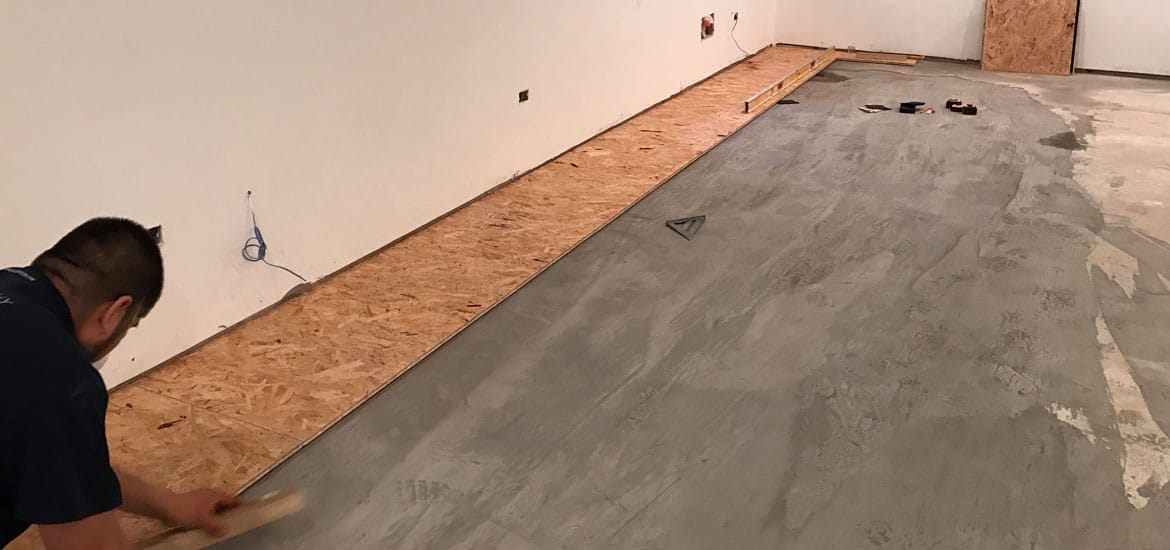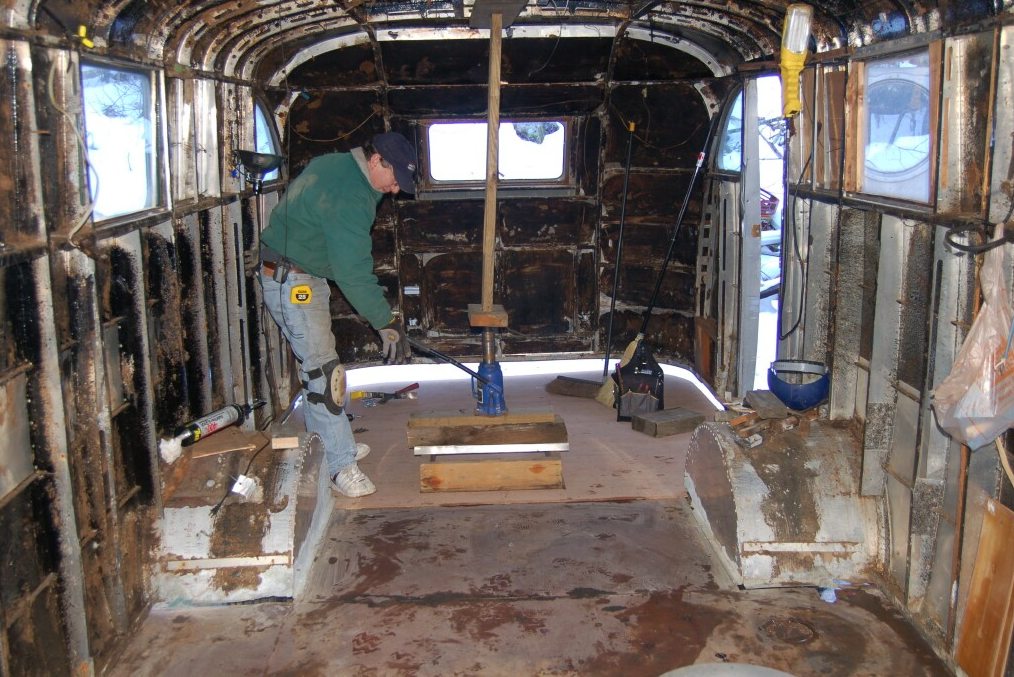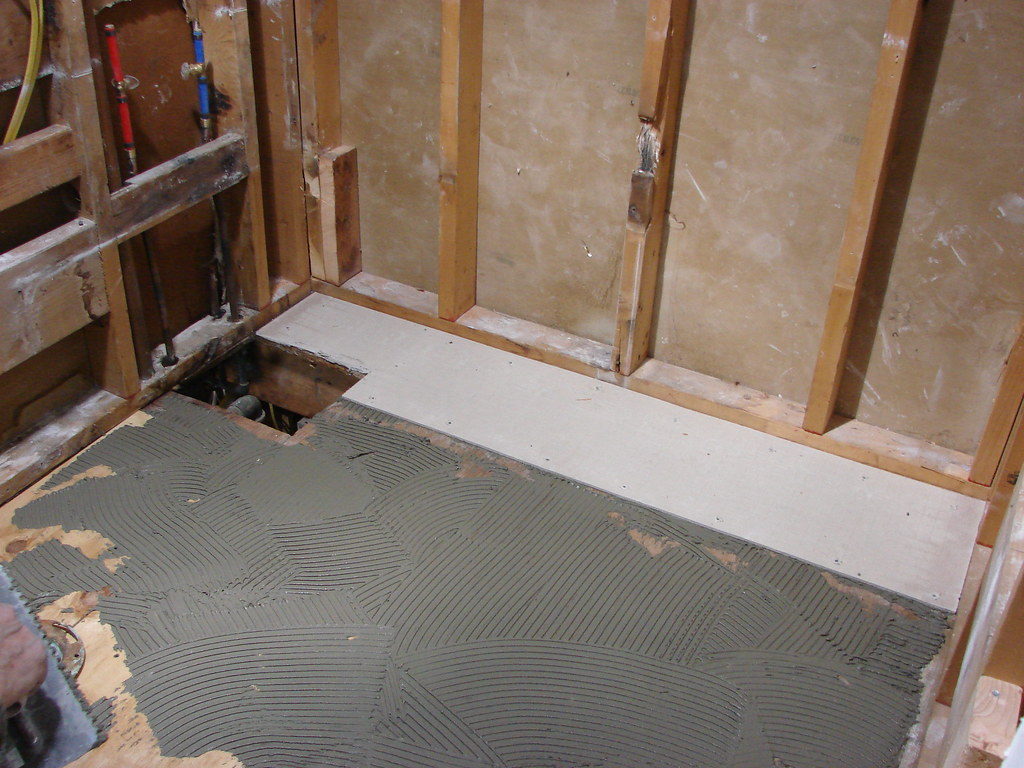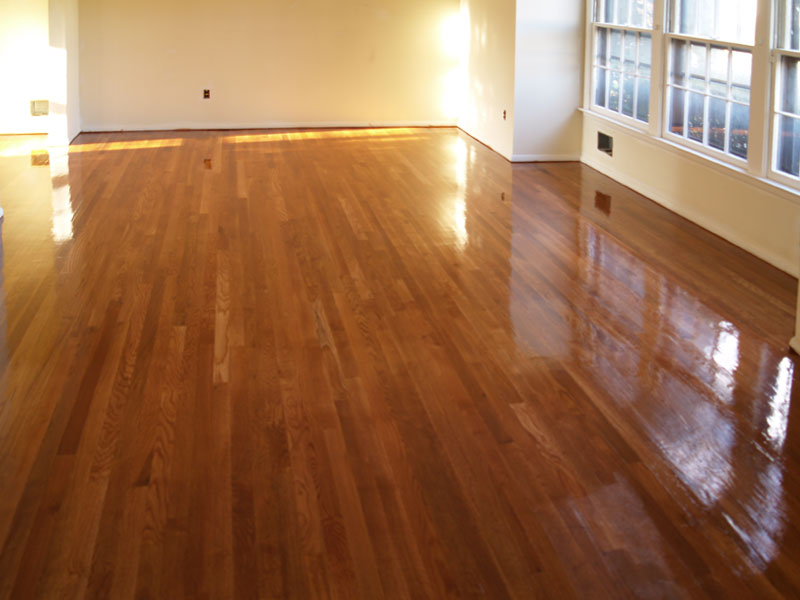Sub Floor Choices

However because wood is a naturally porous substance that will absorb moisture when used as a basement subfloor these materials are often installed on mini joists known as sleepers which allow it to sit above a concrete pad.
Sub floor choices. If installed over concrete the recommended subfloor is either 3 4 inch thick plywood or 2x4s and a vapor barrier of either asphalt felt and mastic or polyethylene film is required. Wood panels such as plywood or oriented strand board are common subfloor choices. Some engineered wood flooring can be installed as floating floors over a wood subfloor or consrete slab. Many floorings options like tiles rubber flooring paint epoxy can be directly put over the basement s existing poured concrete floor as long as the surface is in good shape.
Subflooring is a structural layer and should not be confused with. A number of trowel able and pourable tile underlayment options are available each with its own purpose and best use. Choosing the wrong subfloor for your needs or having one installed incorrectly can have disastrous consequences further down the road. Full 8 foot tall basement ceilings in older homes are rare with 7 footers more the norm.
But this direct installation will result in a floor that s cold underfoot. Nevertheless this direct installation will create a cold surface that becomes uncomfortable in the winters. Many basement flooring materials like paint epoxy tile and rubber flooring for example can go down directly over the basement s original poured concrete floor as long as the concrete is in good condition. Creating a bed of mortar is an older method of setting tiles on a concrete slab.
The subfloor is the foundation beneath finish flooring materials. In basements and in homes with slab on grade foundations the subfloor may simply be a concrete slab. Make sure the joists are sturdy and not subject to flexing. We ve got the details on plywood vs osb and enhanced options in each.
Above this subfloor a good underlayment of cement board will further guard against flexing. Doubling them up sistering may help make the floor more rigid. Particularly appropriate for reactive soil or sloped ground stump sub floors involve raising the house off the ground on stumps sunken into the earth. Thicker 3 4 inch a c plywood is the best choice for underlayment here and make sure it is solidly anchored to the joists.
Protect your floors from water damage by starting with the right subfloor products.
